Condensed Matter Physics
Overview
We investigate the structure and properties of matter on length scales from sub-nanometer to the macroscopic. Focusing on materials ranging from quantum dots and thin films with dimensions of nanometers to macroscopic solid and fluid systems, we investigate atomic structure, molecular conformation, the structure of electronic states, and magnetism. Our work ranges from the basic to the applied and frequently has an interdisciplinary character. Extensive simulations are often employed to provide detailed understanding of the experimental data. Experimental tools include x-ray and neutron scattering, optical microscopy, THz spectroscopy, scanning probe microscopies, and calorimetry. Moreover, the extensive facilities of the departments of Electrical and Computer Engineering, Chemical Engineering, Materials Science and Engineering, Chemistry, and Biological Sciences are available to us. Some of our work uses national facilities for synchrotron x-ray and neutron scattering.
In our theoretical efforts, we try to understand the fundamental principles underlying thermal, electronic and mechanical properties of materials by employing theoretical methods of statistical mechanics, quantum mechanics and applied mathematics in order to simulate abstract or realistic model systems that relate to phase transitions, hydrodynamics, metals, semiconductors and biological materials.
A focus of the condensed matter group, both for present research and future hiring, is in the area of Quantum Electronics.
See Our Condensed Matter Labs Here:
Dr. Ben Hunt's lab:
Dr. Jyoti Katoch's lab:
Dr. Sara Majetich's lab:
Dr. Simran Singh's Lab:
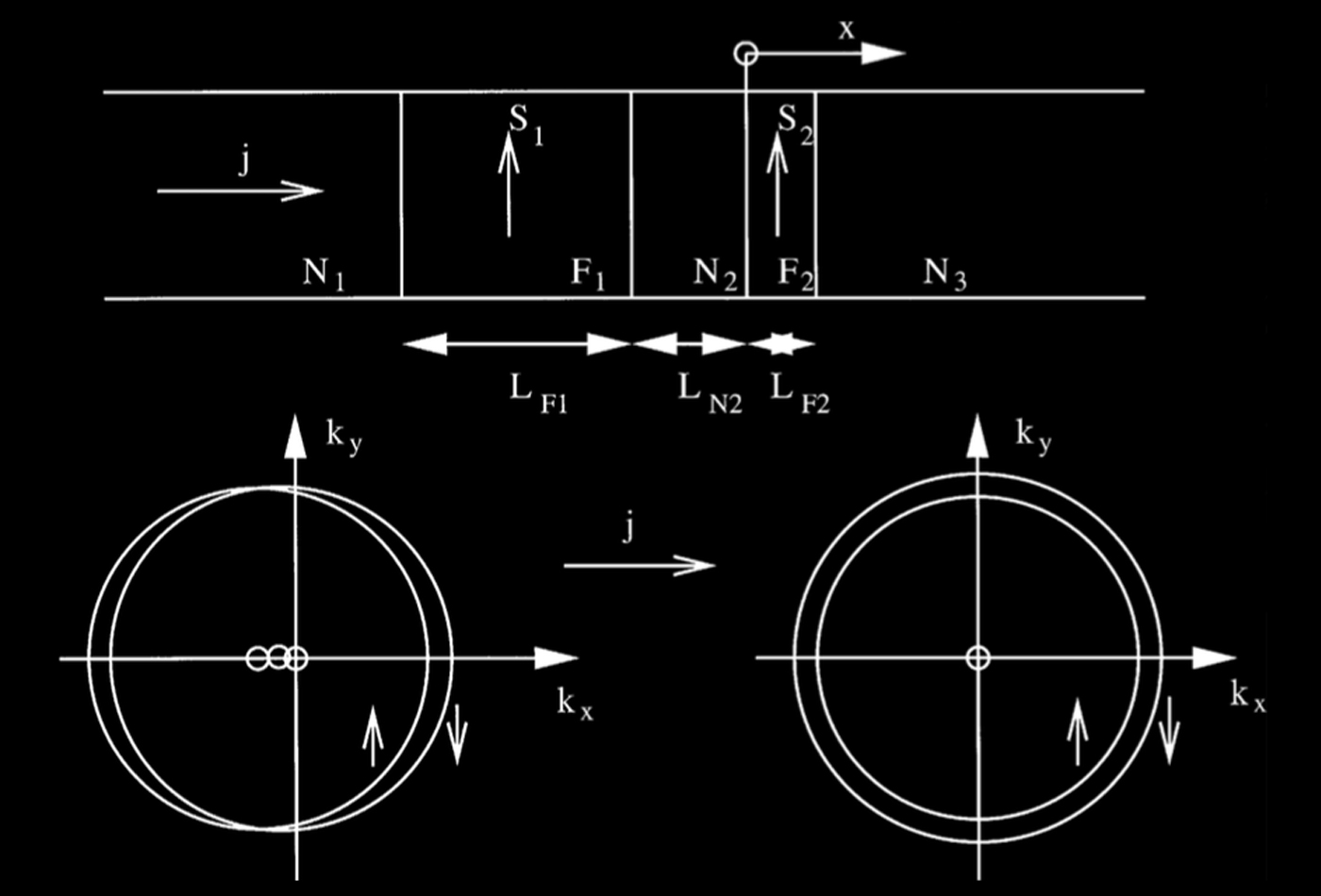
Luc Berger (Emeritus) performs theoretical studies on metallic ferromagnets such as iron, nickel, cobalt and their alloys and glasses. Conduction electrons interact with spin waves, domain walls, film interfaces and other disturbances of the magnetic spin system through the s-d exchange energy and through hydromagnetic forces. The conduction electrons also undergo anisotropic scattering by magnetized chemical impurities through the spin-orbit energy.
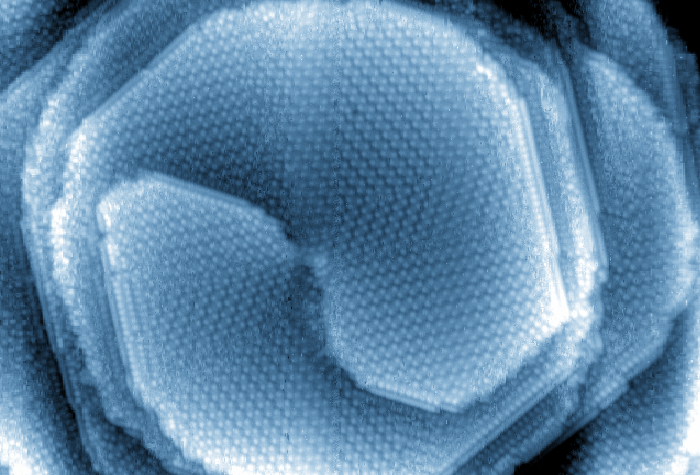
Randall Feenstra studies the atomic arrangement of semiconductor surfaces and nanostructures, employing tools such as scanning tunneling microscopy and low-energy electron microscopy. The goal of the work is to understand the detailed formation of the structures on the atomic scale, thus enabling the preparation of high quality materials for application in electronic devices.
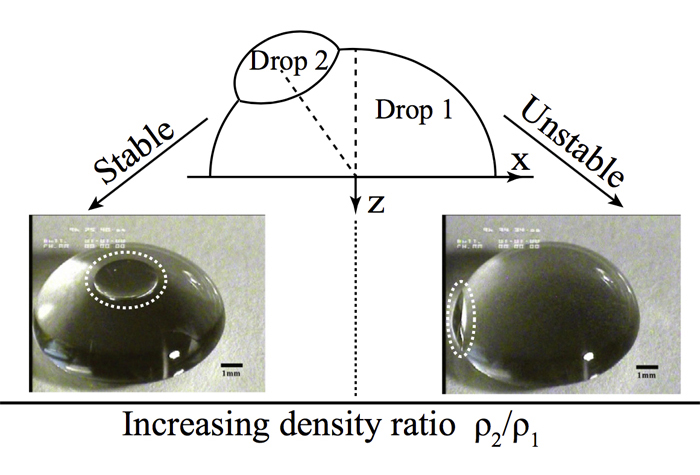
The goal of Steve Garoff's group is to build an understanding of interfacial phenomena on the molecular, microscopic and macroscopic levels. Our research presently focuses on wetting, friction, and colloidal forces and draws on a broad range of scientific phenomena such as random field effects, nonequilibrium states, hydrodynamics, and noise in hysteretic systems.
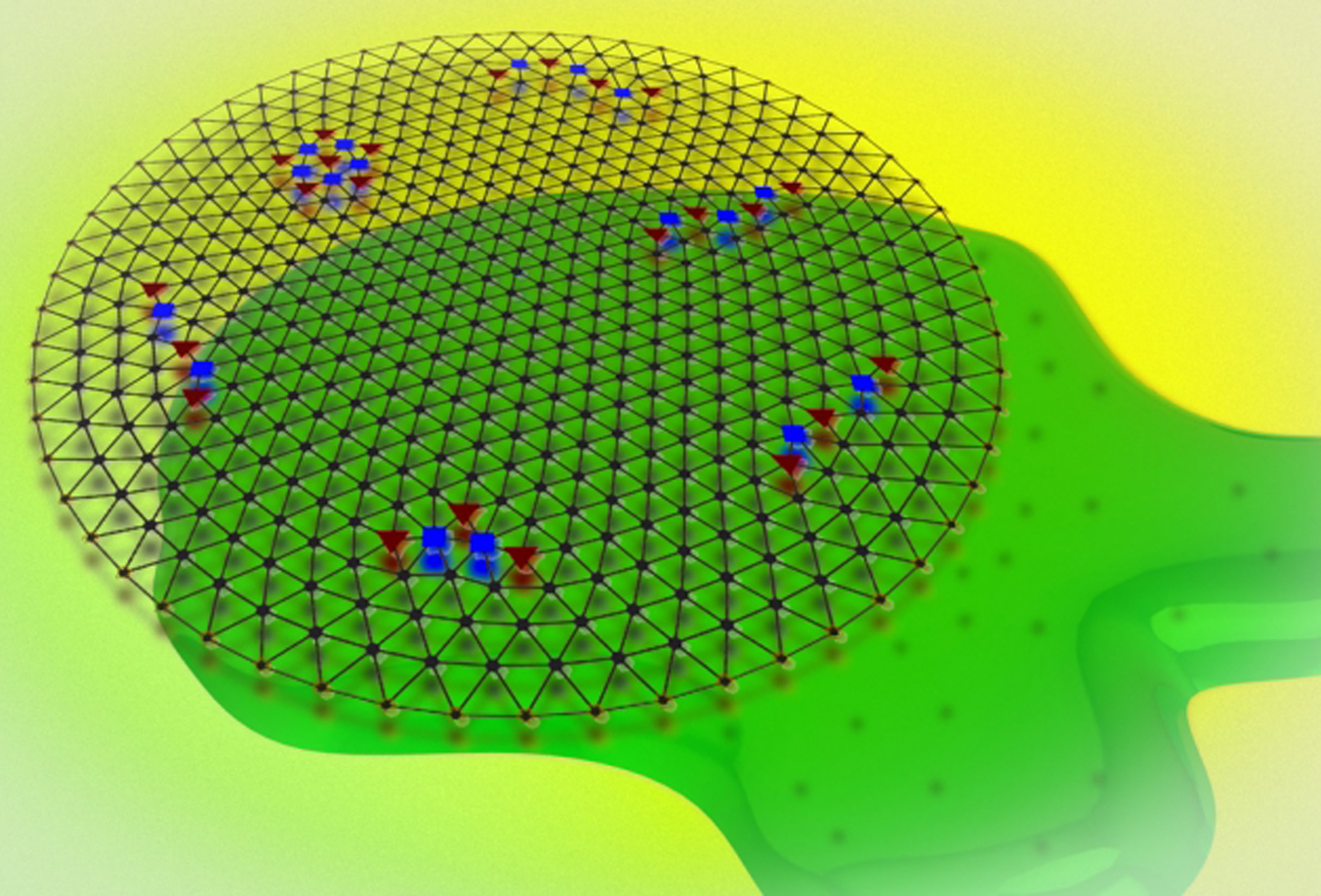
Benjamin Hunt is broadly interested in condensed-matter physics, but particularly in the way that electrons behave when they are subjected to extreme conditions such as ultra-low temperatures and high magnetic fields. Under such conditions, electrons can display striking collective quantum behavior such as superconductivity, fractionalization of charge, and crystallization. Currently, his lab is investigating such phenomena by studying:
-
the physics of low-dimensional structures, especially "van der Waals heterostructures" of two-dimensional crystals (the most familiar of which is graphene), which we build in the lab and then fashion into mesoscopic devices using nanofabrication techniques, and
-
a variety of methods for probing these mesoscopic devices, such as electronic transport, capacitance, tunneling spectroscopy, and shot noise.
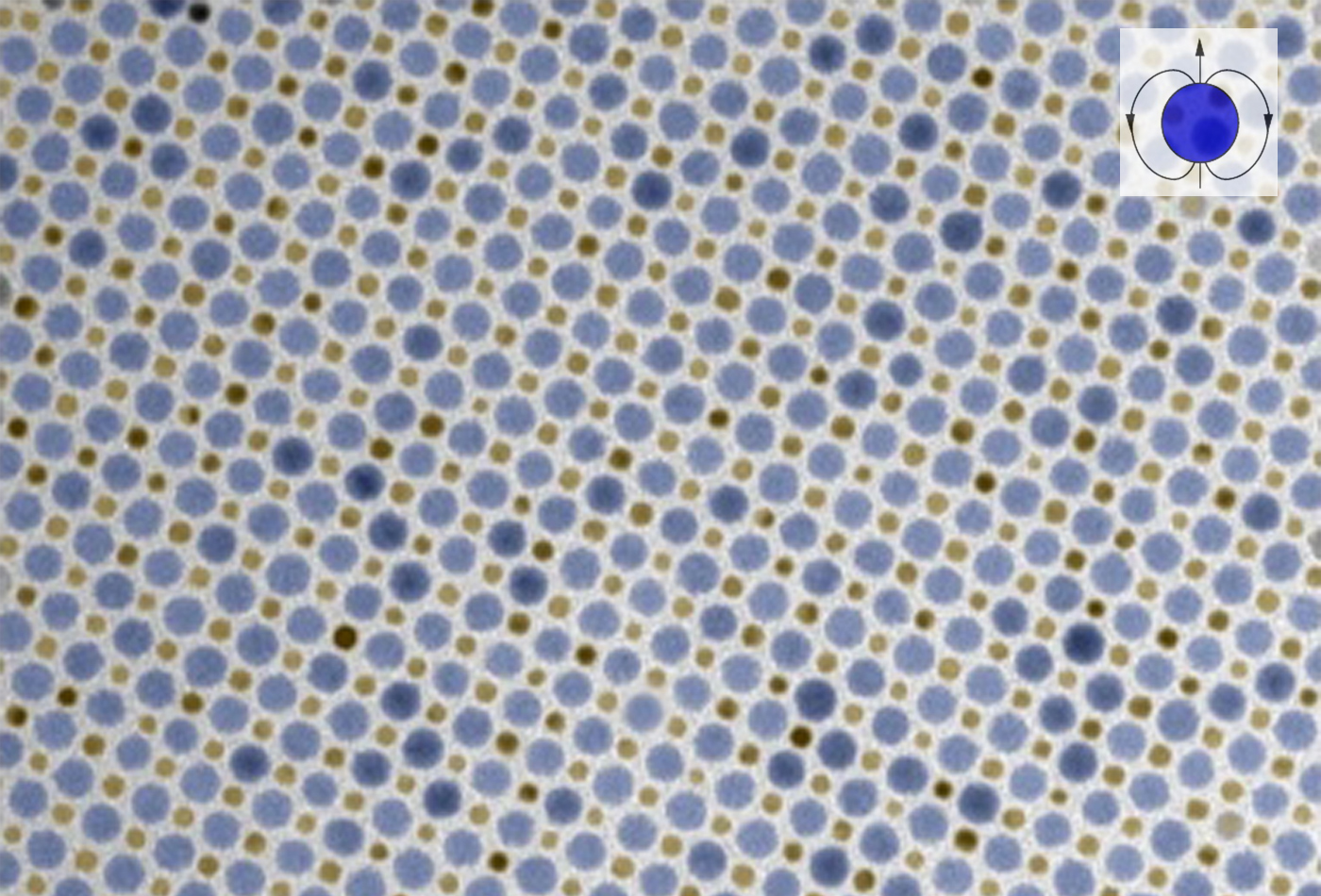
The research in Sara Majetich's group focuses on magnetic nanoparticles that have very uniform size distributions. The formation of the particles is studied along with their fundamental behavior, and applications of the nanoparticles in data storage media, permanent magnets, and biomedicine are investigated.
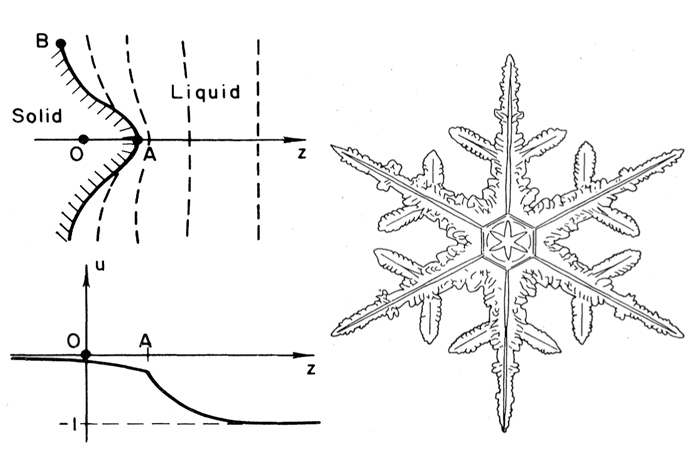
Robert Sekerka (Emeritus) employs modeling on the mesoscopic scale (e.g., Phase Field methods or Lattice Boltzmann techniques) to investigate phenomena associated with fluid dynamics, surfaces and interfaces. Recent examples include dynamics of fluids in two-phase flows, the effect of entropy (due to colony structure) on crystal faceting, and the modeling of triple junctions where three phases meet along a line or curve. He also conducts research to develop quantitative models of high temperature deformation of metals in cooperation with colleagues from NIST, as well as computation of highly anisotropic growth of ice from the melt in the nearly-weightless enviroment of the International Space Station, in cooperation with Japanese colleagues.
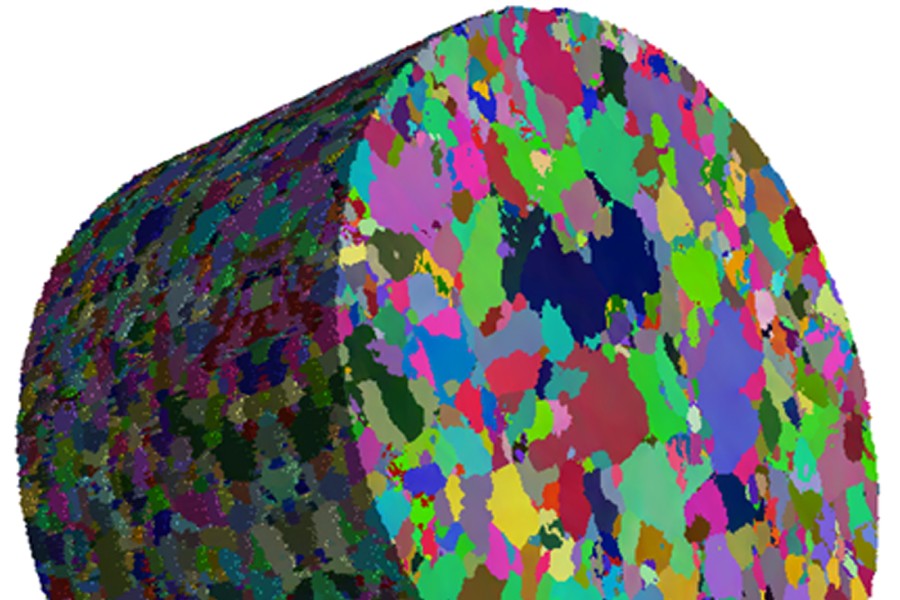
Robert Suter (Emeritus) has, in collaboration with scientists at the Advanced Photon Source (APS) at Argonne National Lab, developed a new, high energy synchrotron x-ray technique that allows measurement of microstructural features deep inside of bulk materials. Being non-destructive, the technique allows some of the first direct observations of the response of materials to thermal and/or mechanical treatments. A variety of basic (for example, grain growth and phase transformations) and applied (for example, response of industrial materials to strain) problems will be addressed with this new capability. Data analysis is carried out at the Pittsburgh Supercomputing Center and on a dedicated cluster in the Physics Department.
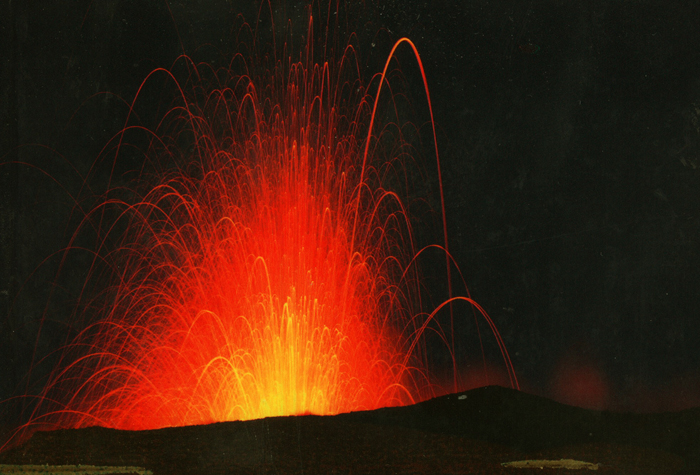
Robert Swendsen's (Emeritus) research concerns condensed matter physics and statistical mechanics, with an emphasis on computer simulations. He develops new algorithms to investigate problems in computer simulations of phase transitions, renormalization group analysis, magnetism, crystal growth, and biological molecules.
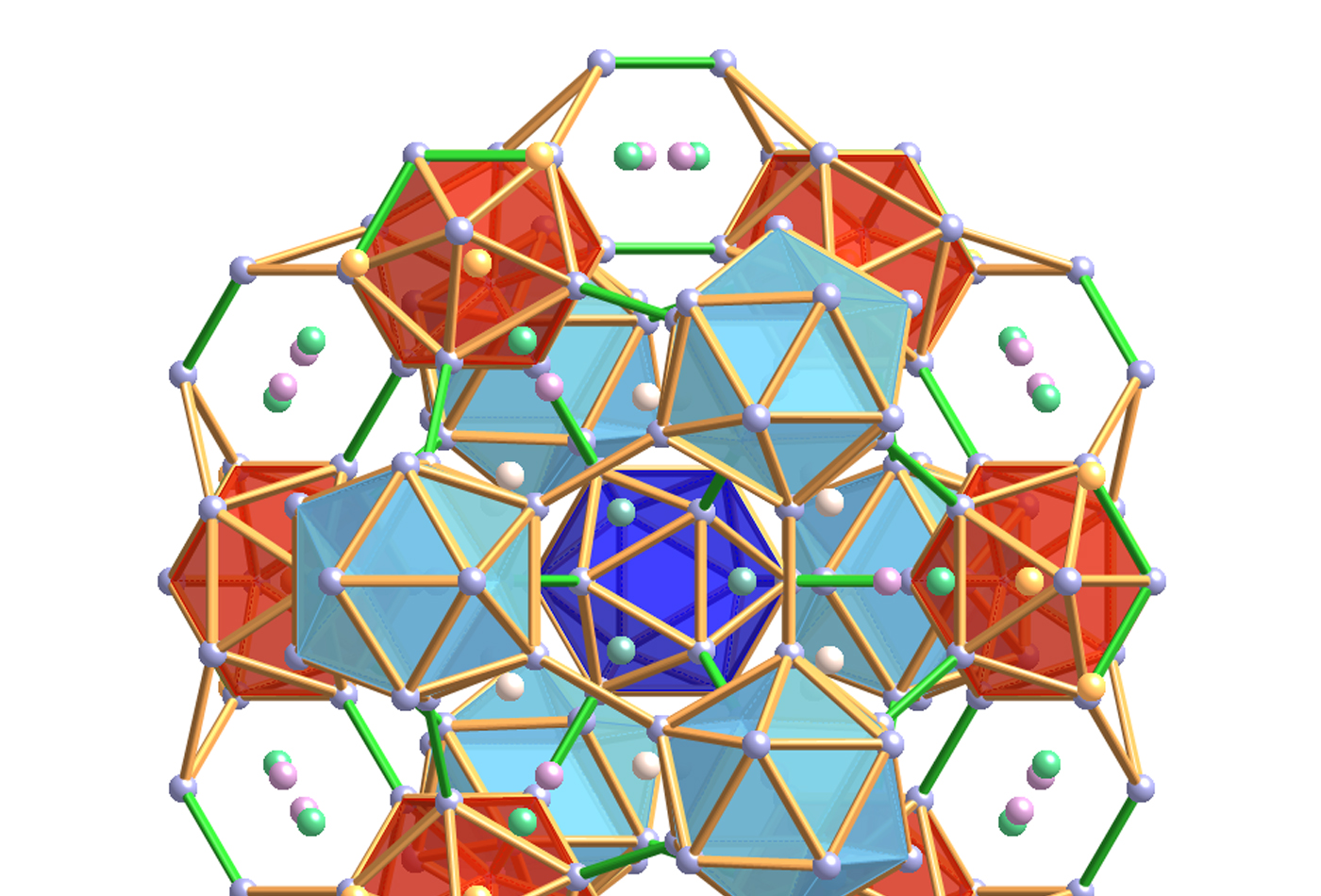
Michael Widom combines quantum mechanics-based total energy calculations with principles of statistical mechanics to model the structure and thermodynamic stability of complex metallic structures. Specific materials of current interest include liquid and amorphous metals, and structures with local or global icosahedral symmetry.